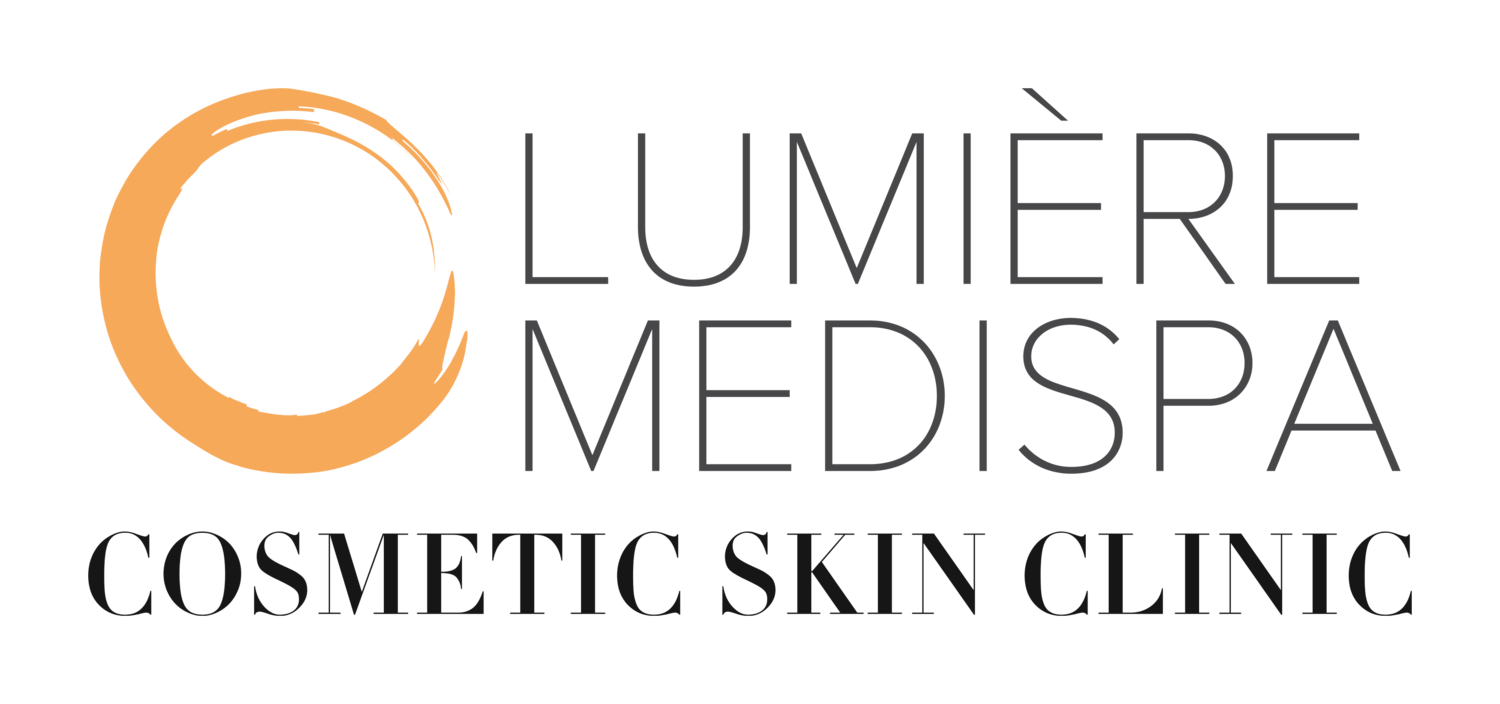IPL (Intense Pulsed Light)
Thread Vein and Dark Spot Pigmentation Treatments In Oxford
The Etherea MX IPL: SQ is a new generation of IPL (Intense Pulse Light) that reduces and, in many cases, permanently removes unwanted skin irregularities such as thread veins and pigmentation spots. When the target in the skin is heated, your body rejects the unwanted cells and removes blemishes, pigmentation or veins you don’t want. Unlike lasers, an IPL device sends out more than one wavelength of pulsating light, making it adaptable and effective at treating a variety of skin concerns.
Why choose ETHEREA MX IPL-SQ?
✓ Quickly clears unwanted browns: sun spots, freckles, age spots, café-au-lait marks and post-inflammatory pigmentation
✓ Diffuses reds: facial thread veins, broken capillaries, rosacea flushing, cherry angiomas and spider veins on legs
✓ Calms active acne by destroying P. acnes bacteria and shrinking overactive oil glands
✓ Revives photodamaged skin on face, neck, chest and hands—blending mottled red-brown patches into a uniform glow
✓ Refines texture and tightens pores by gently boosting new collagen in the dermis
✓ Technology that delivers even, high-fluence light with contact cooling for safe treatment across more skin tones
✓ Non-invasive sessions—15–30 minutes, minimal discomfort.
✓ Most patients need 1–3 treatments spaced 3–4 weeks apart, then annual top-ups to keep irregularities at bay
A New Generation In IPL Technology
Ready To Book?
Your journey starts with a personalised consultation and bespoke treatment plan tailored to you. This ensures you receive the most suitable treatment for successful results.
Frequently Asked Questions | IPL Treatments
-
You will be asked to wear protective eyewear throughout the treatment to protect your eyes from the very bright flash of light used during IPL. A cool ultrasound gel is applied to the skin first, which soothes the surface of the skin and allows for the conduction of the light energy. The handpiece is applied to the skin and delivers a shot of light energy into the skin. In certain areas, this can feel a little uncomfortable, but is not generally described as painful.
-
It is imperative that you do not have any sun exposure or tan on the treatment area, including fake or gradual tan, before an IPL treatment. Failure to ignore this could result in harm, injury, or even scarring of your skin. Wearing daily sunscreen throughout your treatment course is a condition of your treatment with us. PCA Skin offers some of the most effective sun protection products available and can be purchased through our online skincare store.
-
Like any medical intervention, there are potential risks that are associated with having an IPL treatment; however, most are mild, such as pinkness to the skin for a few hours and a little sensitivity. You may also notice that any dyspigmentation in the skin appears darker, although this is temporary and will be expelled by the skin over the following few days. As part of your consultation with us, you will be advised on these in more detail before you decide to proceed with any treatment. Our team's expertise and experience mean that we are able to assist you with side effects should you experience them. You should plan your treatments around social events in case you do experience any effects that could affect your appearance, such as bruising of any vascular lesions or darkening of dyspigmentation. You will be given your practitioner's out-of-hours mobile telephone number, should you require any urgent advice.
-
The answer to this depends upon the concern being treated and the degree of correction required. Generally, you will require 3-6 treatments, spaced 4 weeks apart.
-
The results of IPL can be noticeable within the first week after your first treatment; however, your final results become more evident following a series of treatments.
-
Generally, the results attained are considered permanent and with a good skincare routine and sun protection, should remain so. However, the skin will change over time and new pigmentation or vascular lesions may develop and require additional treatments. Patients with Rosacea may find it beneficial to return for IPL on a regular basis for skin condition management.
-
Yes, although these will be discussed in greater detail during your appointment:
-Avoid hot water, heat and saunas for 1 week following your IPL treatment.
-Avoid UV sun exposure for 2 weeks after treatment, and wear a daily sun protectant with a broad spectrum SPF 30 or above.
-Make a conscious effort to stay hydrated and eat a healthy diet to support your body in its regeneration. Below are some skin-boosting foods that may be useful:
Water: Drinking 2 litres of water today helps flush post-treatment thermal injury toxins from building within the tissues and assists with healthy skin function and hydration.
Antioxidant-rich fruits and vegetables: As a natural consequence of inflammation from treatments, the body will temporarily produce higher levels of free radicals. You can help combat this and support oxidative balance by eating more antioxidant-rich foods such as spinach, kale and other leafy green vegetables, along with fruits like strawberries, blueberries and blackberries.
Vitamin A-rich foods: Vitamin A is essential for epidermal (skin) growth, aiding in the reproduction and differentiation of cells. It’s also an immune-booster and anti-inflammatory nutrient. Vitamin A-rich foods include kale, spinach, beet greens and other leafy greens, carrots, and squash.
Vitamin C-rich foods: While you may already know that vitamin C promotes the synthesis of collagen. During wound healing, it also plays an additional role in helping to stabilise the structure of collagen. And on top of this, vitamin C boosts your immune function, sending in special immune cells that can assist with the wound healing process. Vitamin C-rich foods include bell peppers, citrus fruits, tomatoes and tomato juice, mustard, spinach, broccoli, kale, parsley, Brussels sprouts and cauliflower.
Still Have Questions?
That’s understandable, and we’ll do our very best to ensure you are fully informed.
Our patient support team are just a call or email away.











